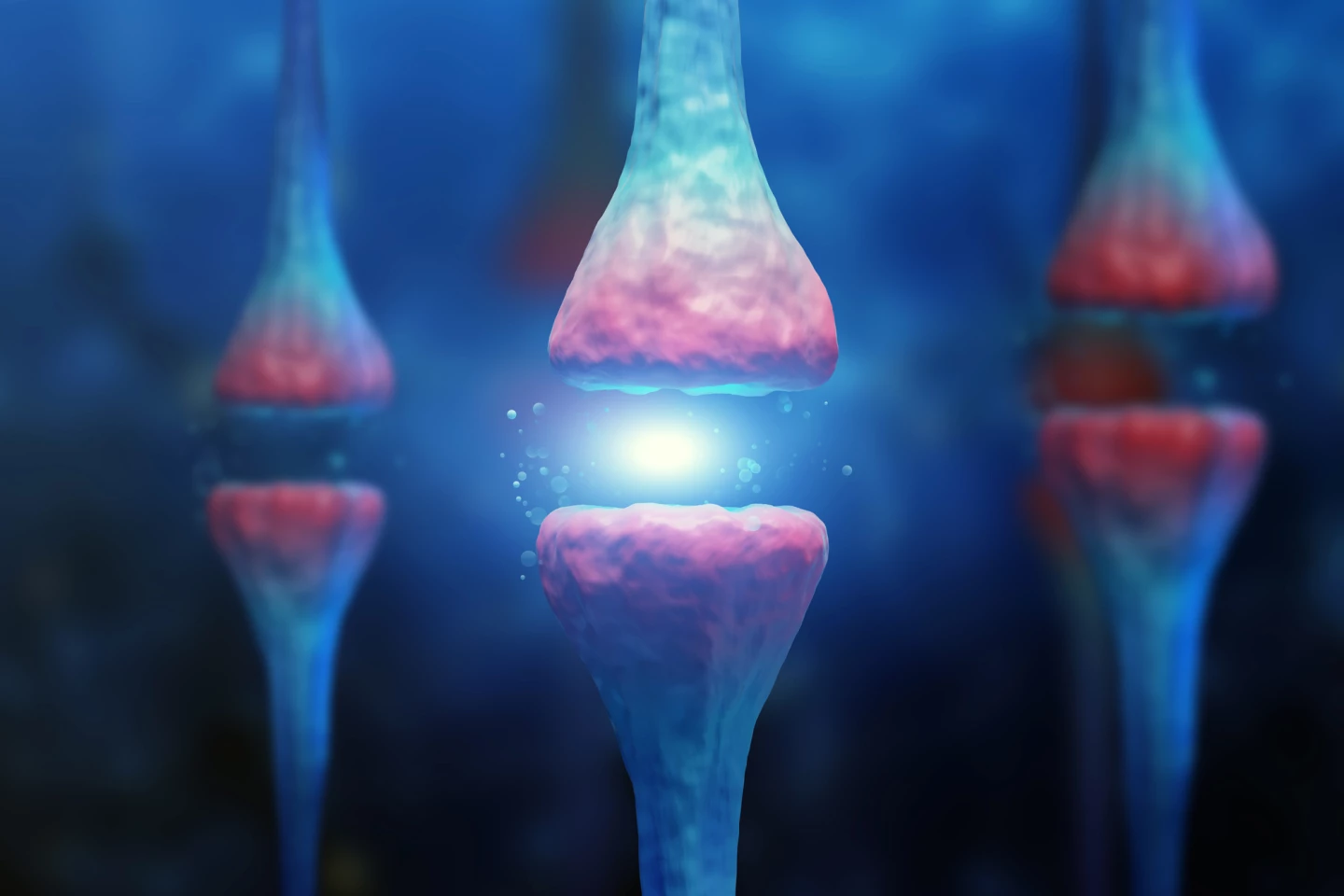Researchers have identified an enzyme that's key to updating existing memories with new information, a process that declines naturally with age. Blocking the enzyme reduced memory impairment, opening the door to developing treatments for age-related memory problems.
There’s been a lot of research into how memories are formed but less into how existing memories are updated with new information, despite scientists knowing that our ability to modify or update existing memories declines with age and can contribute to age-related cognitive impairment. But now, new research has identified a key molecular mechanism behind memory updating.
Researchers from Pennsylvania State University (Penn State) wanted to understand why normal aging made it more difficult to update memories. In the search for an answer, they found an enzyme that, when blocked in aged mice, prevented the age-related memory deficits that are typically seen.
“It’s important to understand what’s happening at a molecular level during a memory update because, as humans, most of our memories are updates,” said Janine Kwapis, assistant professor of biology at Penn State and the study’s senior author. “But no one has really looked to see if the mechanisms behind memory formation and memory updating are identical or if they are unique for memory updating. This is a step forward in figuring that out.”
Consolidation is the process whereby a newly formed, short-term memory is transformed into a more stable, long-term one. That stabilization relies on protein synthesis, controlled by genes, at the synapse, the gap between neurons that allows them to pass signals to one another. As new experiences and memories are acquired, the brain essentially rearranges itself to create more of these synaptic connections. Eventually, two connected neurons become sensitized to one another, such that recalling a memory causes them to fire simultaneously.
“When you’re presented with new information, you have to bring that existing memory out of storage and weaken it so it’s ready to take on new information,” Kwapis said. “Once the new information is learned and those new neurons are incorporated, the updated memory is solidified and stored again.”

This process is called reconsolidation, and it becomes less effective with age. So, the researchers examined whether enhancing gene expression during reconsolidation would also enhance the memory update ability. They knew that histone deacetylase 3 (HDAC3), an enzyme that regulates the copying of information from a segment of DNA into RNA that ultimately becomes a protein, has been shown to negatively affect memory formation and gene expression during consolidation, so they focused on it.
“HDAC3 typically tightens up the chromatin, a complex of DNA and proteins, and makes it hard for transcription to happen,” said Chad Smies, a Penn State doctoral student in biology and the paper’s lead author. “If we block this enzymatic activity from happening, it may help maintain a more open chromatin state and improve gene expression.”
Older (18-to-20-month-old) male mice were subjected to the Objects in Updated Location task. After being familiarized with an environment, the animals were exposed to two identical objects placed in specific locations. Twenty-four hours later, the environment was updated: one of the identical objects was moved to a new location. Immediately after the update session, the mice were given a placebo or a drug to block HDAC3. The mice’s memory for the objects was then tested. Four identical objects were placed in specific locations within the environment: two in the original locations, one in the updated location, and a fourth in a completely new location.
“Mice like novelty, so if they have [a] good memory for the training session or the update session, they’ll explore the novel object location more,” Smies said. “But if they have poor memory, they tend to explore the previously learned locations equally as the new location.”
The researchers found that blocking HDAC3 immediately after the update session reduced age-related memory impairments without affecting the original memory. The older mice performed as well as younger mice during the memory test.
Identifying memory-affecting molecular mechanisms like HDAC3, the research team hopes, will pave the way for the development of therapeutic targets to improve cognitive flexibility reduced due to age.
“If these mechanisms improve memory in normal aging, they could potentially help with conditions like Alzheimer’s disease and dementia, too,” said Kwapis.
The study was published in the journal Frontiers in Molecular Neuroscience.
Source: Penn State






